USDB helps children with hearing and/or visual impairments to become competent, caring and contributing citizens. They operate an educational resource center that supplies educational materials to other agencies serving sensory impaired children. USDB's three major programs include a residential program, self-contained classrooms, and a student consultant program.
During the 2015 General Session, the Legislature appropriated for Fiscal Year 2016, $33,105,000 from all sources for Utah Schools for the Deaf and the Blind. This is a 2.6 percent increase from Fiscal Year 2015 revised estimated amounts from all sources. The total includes $26,067,800 from the General/Education Funds, an increase of 7.5 percent from revised Fiscal Year 2015 estimates.
In addition to statewide compensation and internal service fund cost increases, the following appropriation adjustments were made during the 2015 General Session:
Related Services
There is an increased demand for low vision services. USDB has been able to meet this increased demand due to hiring a low vision specialist. While the number of referrals have increased, USDB's response time has decreased. Audiology continues to meet their demands with a high return rate.
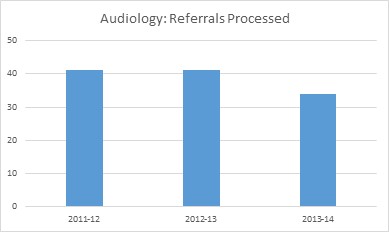
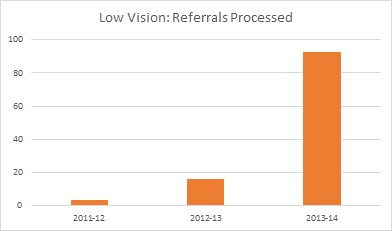
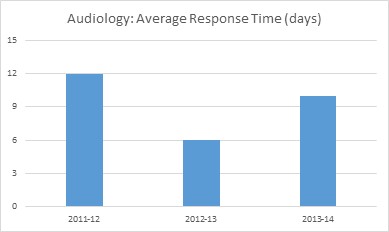
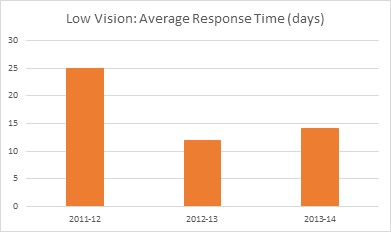
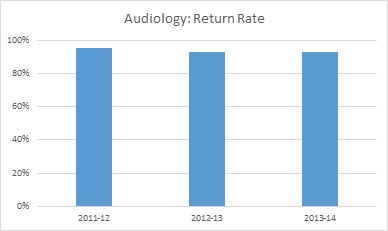
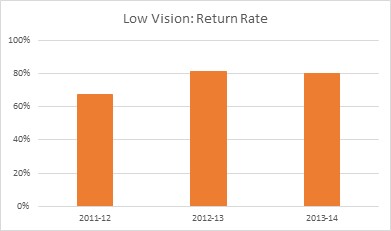
Deafblind Teacher Specialist Endorsements
Utah is the only state nationwide that offers the DeafBlind Endorsement for licensed special educators. This emphasis in speciality has provided USDB's teachers with the expertise required to meet the unique needs specific to deafblindness. This year, seven out of 11 DeafBlind Specialists (63.6%) completed this endorsement; the remaining specialists should complete their requirements during the 2014-15 school year.
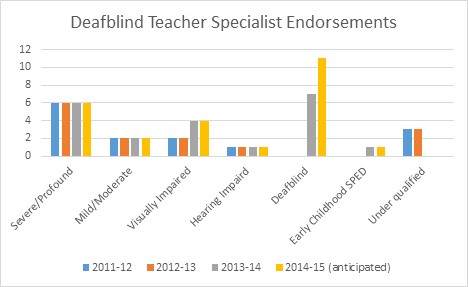
Expressive and Receptive Vocabulary Growth by Standard Score Points
Both of these assessments measure single word vocabulary. The increased amount of growth in the Listening and Spoken Language (LSL) program as compared to the American Sign Language (ASL)/English program is due to significantly less students with other disabling conditions in the LSL program as compared to the ASL/English program. Also, these assessment tools are adapted by our signing students. All of this data reflects significant growth overall in receptive and expressive vocabulary for all programs. When using standard scores to measure student growth, students maintaining the same standard score from one year to the next, with no change, are making one year's worth of growth in one year's time. Any increase in the standard score indicates more than one year's growth in one year's time.
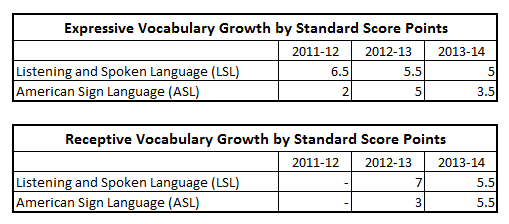
The Utah Schools for the Deaf and the Blind (USDB) were established in 1896 to address the educational needs of children with hearing or vision impairments. USDB serves children with sensory impairments from birth through 21 years of age and their families.
The $203,800 in positive nonlapsing balance for FY 2011 is due to overspending on the part of USDB.
COBI contains unaudited data as presented to the Legislature by state agencies at the time of publication. For audited financial data see the State of Utah's Comprehensive Annual Financial Reports.